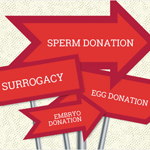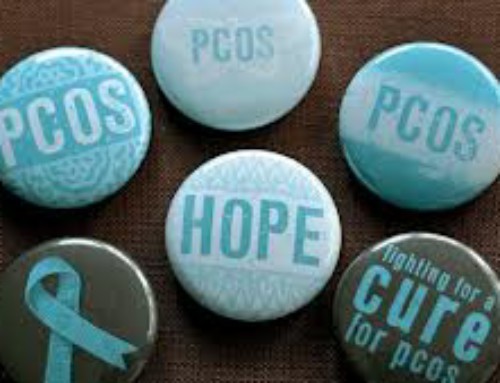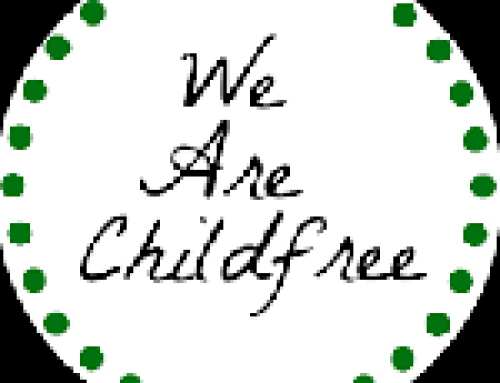Remember when we defined a family as having a mom, a dad, and 2.5 children? Back in the day of “Leave It to Beaver” and “Father Knows Best” our idea of family was simple and somewhat provincial. Single parenthood, especially if due to divorce, was considered a disgrace; likewise blended families were virtually unheard of. When children were adopted, there was always a hushed tone about that family – as if both parents and child were somehow defective.
But times have changed. Technology has pushed societal values of family in new and exciting directions. Family configurations come in all sorts of shapes and sizes these days. Gone is the time when being a single mom or dad is shameful, kids can have two mommies, two daddies, or multiple stepparents with a “Brady Bunch” gaggle of siblings. These days, families can be “made” with egg and/or sperm donors, unused embryos can be donated to an individual or couple, and embryos can be created using frozen gametes from an egg and/or sperm bank. Additionally gestational surrogates can carry a pregnancy and give birth to parents who may or may not be genetically related to their child. Our notion of “normal” has evolved and continues to change as technology offers new options to individuals and couples.
Even though times have changed, most people (even today) have an idealized notion of how a family should be formed. Our perfect reproductive story – at least at the beginning of our journey – includes a genetic connection between loving parent(s) and their baby, happening the old-fashioned way. When that doesn’t unfold as hoped, many of us turn to alternative ways to have our dream come true. We may seek medical intervention that can range from simply taking oral medication to needing to undergo complicated surgical procedures. Or, based on the issues, we may need to turn to donor technology. A shift has happened in our story; in order to have children, we may have to give up aspects of our original story, edit it, and be open to new ways in which the story may end.
When the story shifts, we may find ourselves in unchartered territory. It can feel overwhelming and devastating; it can make us feel as if we are all alone. People often struggle with feelings of anxiety and depression when dealing with fertility issues. In order to accept new ways of having a family, each modification of our original reproductive story needs to be discussed and digested. Talking with a mental health professional or attending a self-help group can be enormously helpful. Recognizing that the revisions of the story are losses is essential to accepting change. These are losses that need to be grieved; it is the process of grieving that allows us to embrace new options. This is critical for our child(ren) – for if we are uneasy about how they came to be, they will be as well.
Although medical technology offers us possibilities that were previously unheard of, it takes time to incorporate these advances into our thinking. Indeed the swift changes in technology far exceed our ability to adjust to them. While we may appreciate these opportunities and take advantage of them, it is also important to acknowledge the multiple feelings that come with the new shape of families.
Janet Jaffe, Ph.D.
Center for Reproductive Psychology





